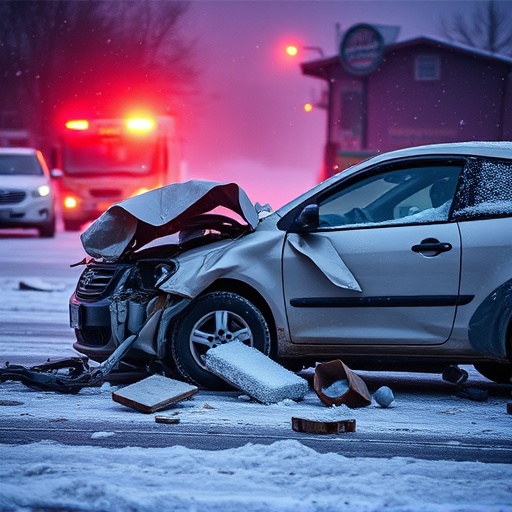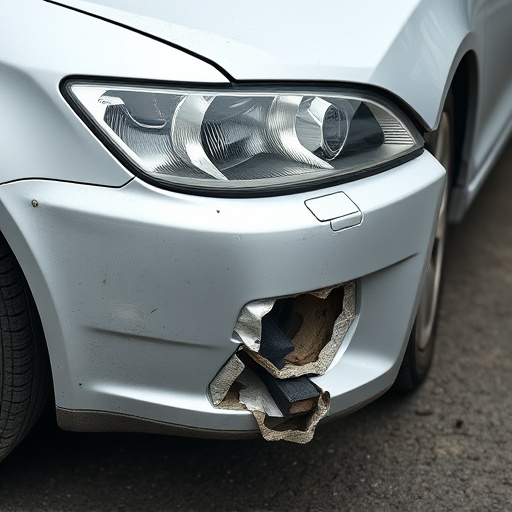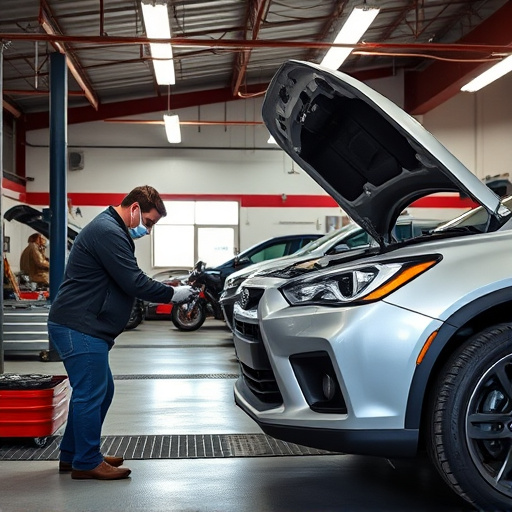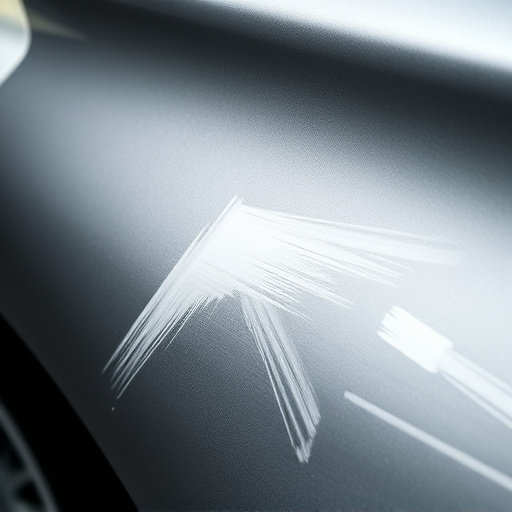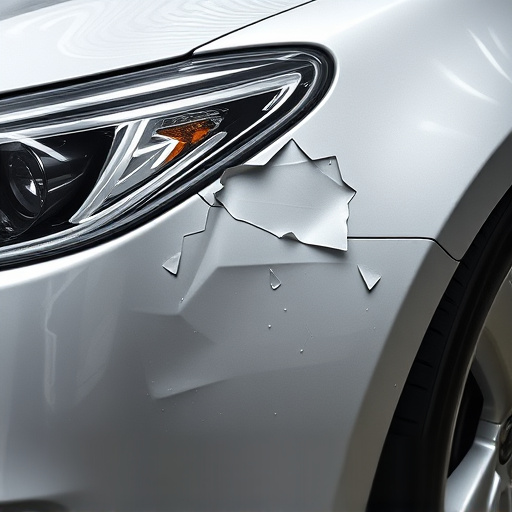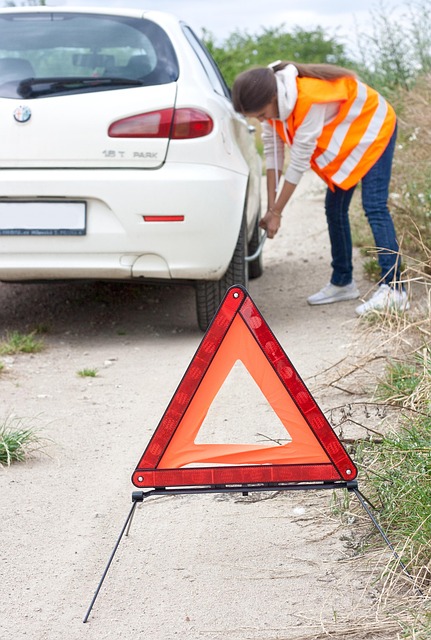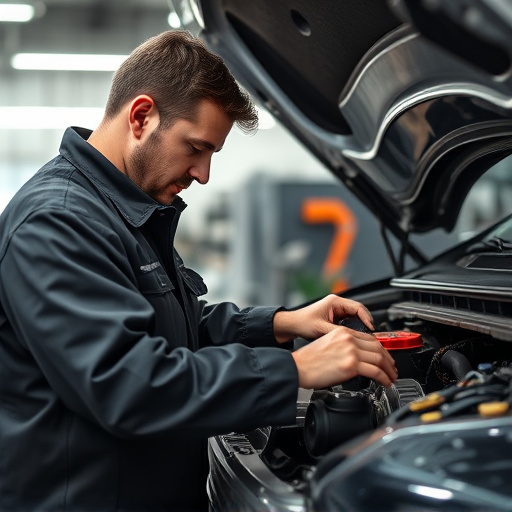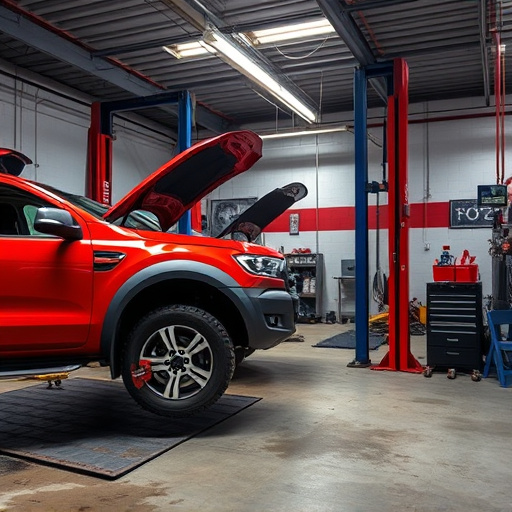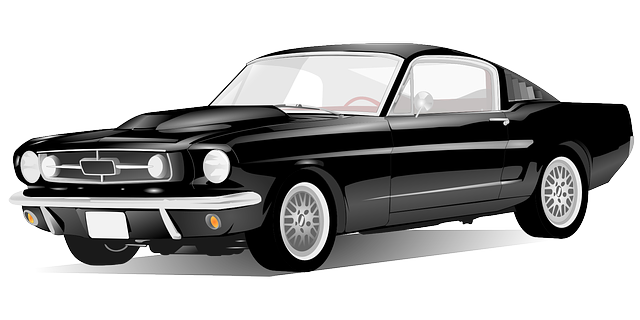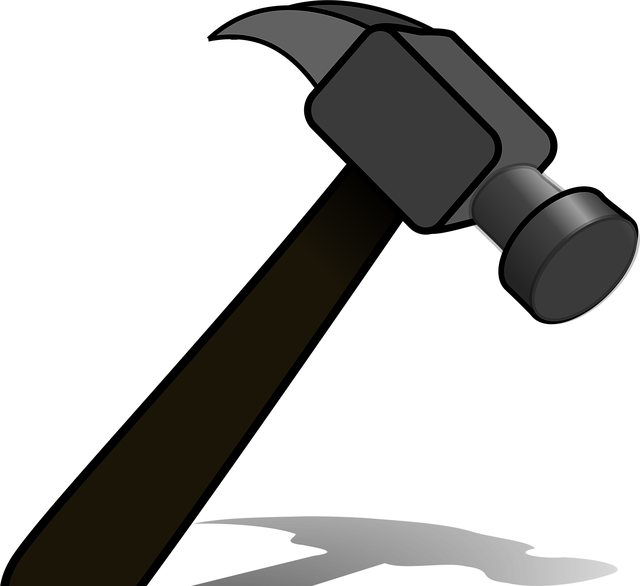Understanding the role of a PDR Technician is crucial before embarking on any training program. They restore vehicles to pre-incident condition using advanced techniques and tools, fixing scratches, dents, and creases. Training options include structured academic programs at technical colleges, specialized centers, and online platforms. To excel, aspiring technicians should engage in consistent hands-on training and continuous learning about industry trends and new technologies, positioning them as valuable assets to auto body shops and fostering career growth in this dynamic field.
“Aspiring PDR technicians, unlock your career potential with our comprehensive guide to training programs! In today’s automotive industry, skilled PDR technicians are in high demand. This article navigates your path to success by exploring the roles and responsibilities of these experts, dissecting popular training options and certifications, and offering vital tips for optimal learning and career advancement. Get ready to dive into a world where precision and artistry meet.”
- Understanding PDR Technician Roles and Responsibilities
- Exploring Popular Training Programs and Certifications
- Tips for Effective Learning and Career Advancement
Understanding PDR Technician Roles and Responsibilities

Understanding the role of a PDR Technician is crucial before embarking on any training program. A PDR Technician, short for Plastic Damage Repair, plays a vital part in the auto repair services industry, focusing primarily on car damage repair and collision repair. Their expertise lies in meticulously restoring vehicles to their pre-incident condition, ensuring that every scratch, dent, or crease is expertly addressed. This involves a keen eye for detail, as well as an understanding of advanced repair techniques and tools.
PDR Technicians are not just about fixing physical damage; they also contribute to customer satisfaction by providing efficient, high-quality auto repair services. They work with a variety of materials, from plastic and composite to metal, using specialized equipment to perform their tasks. Their responsibilities extend to communicating effectively with clients, understanding insurance claims, and ensuring the safety and integrity of their work.
Exploring Popular Training Programs and Certifications
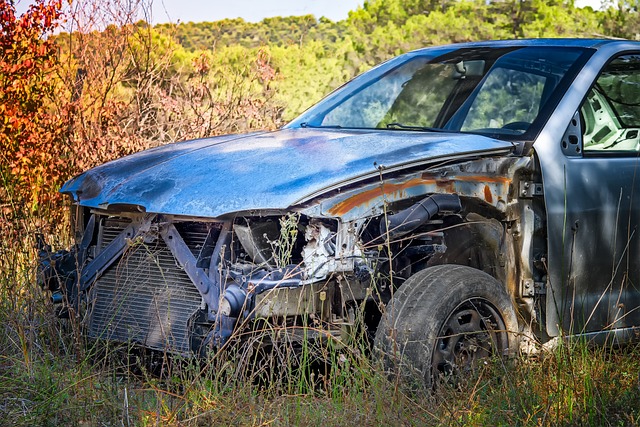
In the pursuit of becoming a qualified PDR technician, aspiring professionals have a plethora of training programs and certifications to choose from. These courses are designed to equip individuals with the skills necessary for excellence in vehicle restoration, auto body services, and auto collision repair. Popular options include structured academic programs offered by technical colleges and universities, which blend theoretical knowledge with hands-on experience. Many of these institutions partner with industry leaders to ensure their curricula remain relevant and aligned with current trends in PDR technology.
Beyond traditional academic settings, specialized training centers and online platforms have emerged as viable alternatives. These venues often cater to the practical aspects of auto collision repair, focusing on techniques for dent removal, painting, and finishing. Online certifications, while not replacing hands-on training, offer flexibility and accessibility, allowing aspiring technicians to learn at their own pace. With a range of options available, future PDR technicians can tailor their educational journey to their unique goals and interests within the auto body services industry.
Tips for Effective Learning and Career Advancement

Aspiring PDR technicians should adopt a multi-faceted approach to learning and development to stand out in the competitive auto collision repair industry. One key tip is to consistently engage in hands-on training. Practical experience, whether through structured programs or shadowing seasoned professionals, allows for deeper understanding of complex car paint services procedures. Observing expert technicians in action provides valuable insights into techniques, time management, and problem-solving strategies that aren’t always evident from textbooks.
Moreover, continuous learning is essential for career advancement. Technicians should stay abreast of industry trends, new technologies, and innovative collision repair services methods. This can involve attending workshops, webinars, or specialized courses focused on emerging PDR techniques, safety protocols, and environmental considerations. By doing so, technicians not only enhance their skills but also position themselves as valuable assets to auto body shops, ensuring long-term career growth in this dynamic field.
Aspiring PDR technicians can navigate their career path with a solid understanding of industry roles, training programs, and effective learning strategies. By exploring popular certifications and adopting best practices for advancement, individuals can enhance their employability in this specialized field. Remember that continuous learning and staying current with industry trends are key to success as a PDR technician.
